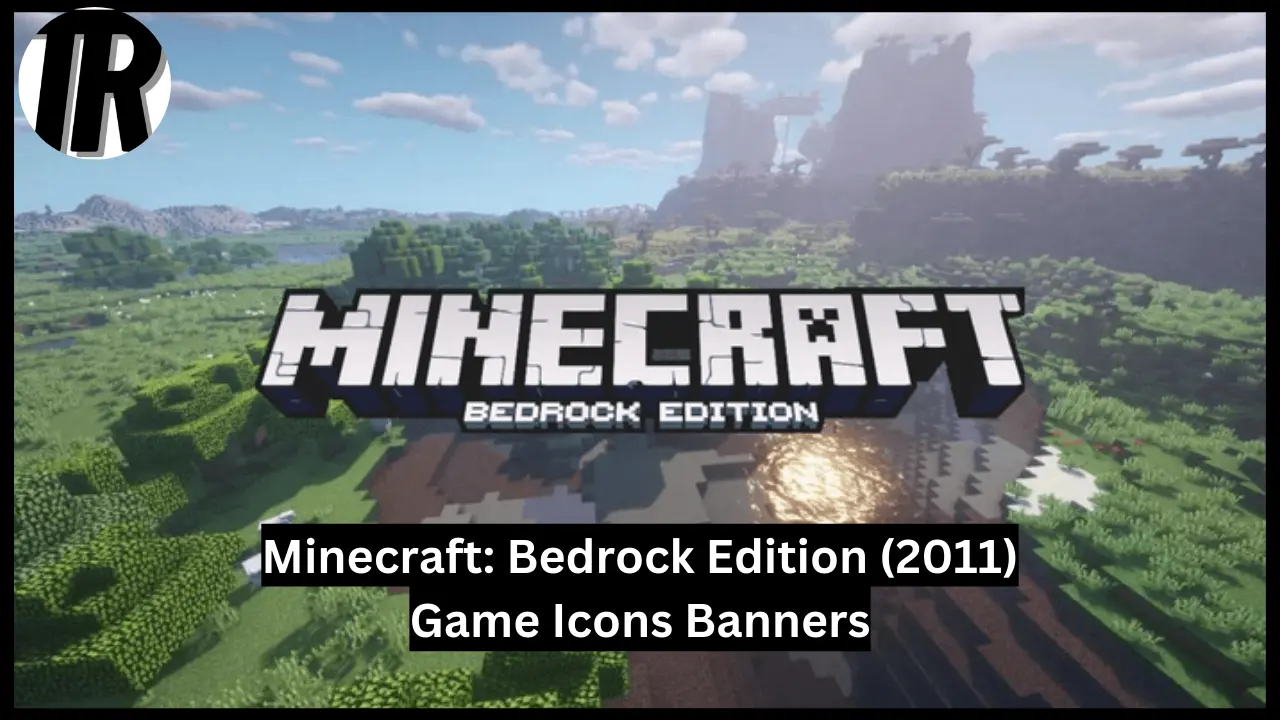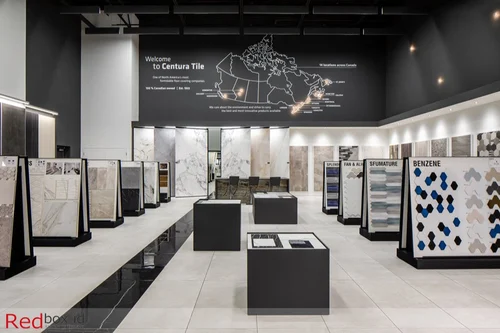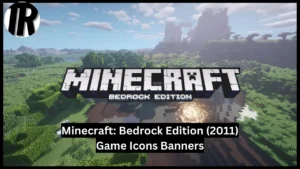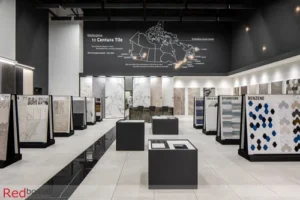The Evolution of Minecraft: Bedrock Edition (2011) Game Icons Banners
Introduction: Minecraft: Bedrock Edition (2011) Game Icons Banners
Minecraft: Bedrock Edition (2011) Game Icons Banners, launched in 2011, has evolved significantly. One of the most noticeable changes has been in its visual representation, particularly through game icons and banners. These elements have played a crucial role in the game’s branding and have undergone various transformations to keep up with the evolving gaming landscape.
Early Icons and Banners: The Beginnings
When Minecraft: Bedrock Edition (2011) Game Icons Banners was first released, the game icons and banners were simplistic and functional. The early icons featured the iconic blocky design of Minecraft, highlighting the core aspects of mining and crafting. These initial graphics were straightforward, reflecting the game’s humble beginnings and indie origins.
Initial Years: 2011-2015
2011: The Birth of Bedrock Edition
In 2011, Minecraft: Bedrock Edition (2011) Game Icons Banners was introduced to the world as “Minecraft: Pocket Edition,” targeting mobile platforms. The initial was a simplified version of the iconic grass block, focusing on the game’s core mechanic of building and exploration. This minimalist design was intentional, emphasizing the game’s blocky, pixelated style that set it apart from other games.
The early banners were straightforward, often featuring the game’s logo and a few in-game screenshots. These banners were designed to give potential players a glimpse of the sandbox environment, highlighting the creative possibilities and the vast, open world that Minecraft offered. minecraft: bedrock edition (2011) game icons banners
2012-2013: Establishing a Visual Identity
As Minecraft: Pocket Edition gained popularity, there was a push to refine its visual identity. The game icon saw slight enhancements, with more detailed textures and shading to make it more visually appealing on various devices. This period also marked the introduction of the Minecraft title on the icons, reinforcing brand recognition.
Banners during this time began to showcase more diverse environments and characters. The addition of Steve, the game’s default character, in various scenes like mining, building, and fighting mobs, helped create a connection with the players. These banners aimed to convey the game’s expansive world and the limitless adventures it promised.
2014: Cross-Platform Expansion
In 2014, started to expand beyond mobile platforms, appearing on consoles like the Xbox and PlayStation. This cross-platform expansion required a cohesive visual strategy to maintain consistency across different devices. The game icon underwent further refinements to ensure it looked sharp on both small and large screens.
The banners evolved to feature more dynamic scenes and improved graphics, reflecting the advancements in the game’s visual style. Scenes of multiplayer interactions and complex builds became common, highlighting the community aspect of Minecraft. This period also saw the introduction of animated banners, adding a new dimension of engagement and excitement.
2015: Maturity and Professionalism
By 2015, Minecraft: Bedrock Edition (2011) Game Icons Banners had firmly established itself as a leading title in the gaming industry. The game icon was now a polished representation of the grass block, with enhanced textures and vibrant colors that appealed to both new and veteran players. This icon became synonymous with creativity and adventure.
The banners during this time focused on showcasing the game’s extensive updates and new features. From the addition of new biomes and mobs to major gameplay updates, the banners were designed to keep the player base informed and excited about the continuous development of the game. These visually rich banners often included release dates and patch notes, merging functionality with aesthetic appeal.
Expansion Era: 2016-2018
2016: The Beginning of Cross-Platform Unification
In 2016, Minecraft took significant steps towards unifying its various editions under the Bedrock Engine, aiming for a seamless cross-platform experience. The game icon saw subtle changes, incorporating more detailed textures and shadows to create a three-dimensional effect. This updated icon was designed to be versatile and instantly recognizable across different devices, including mobile phones, consoles, and PCs.
Minecraft: Bedrock Edition (2011) Game Icons Banners: The banners during this period began to emphasize the new cross-platform capabilities. They often featured players on different devices interacting within the same game world, highlighting the game’s new unified nature. These banners aimed to convey the message of connectivity and accessibility, reinforcing Minecraft’s commitment to a cohesive gaming experience.
2017: The Better Together Update
2017 was a landmark year for Minecraft: Bedrock Edition (2011) Game Icons Banners with the introduction of the “Better Together” update. This update was a major step towards unifying the Minecraft community by allowing cross-play between Xbox, Windows 10, mobile, and VR platforms. The game icon was updated to reflect this significant milestone, featuring a more polished and modern design with brighter colors and a sleeker look.
Banners in 2017 prominently showcased the diverse platforms players could use to join the Minecraft universe. These banners often depicted characters interacting in shared worlds from different devices, emphasizing the theme of unity and inclusivity. The visual style of the banners also saw improvements, with more dynamic and engaging compositions, vibrant colors, and detailed scenes that captured the essence of the game’s creative potential.
2018: The Aquatic Update
In 2018, Minecraft: Bedrock Edition (2011) Game Icons Banners introduced the highly anticipated “Aquatic Update,” which brought a plethora of new features and enhancements, including underwater biomes, new mobs, and improved water physics. The game icon remained consistent with the 2017 design but included subtle tweaks to stay fresh and appealing.
Minecraft: Bedrock Edition (2011) Game Icons Banners: The banners during this era focused heavily on the new aquatic content. Scenes featuring underwater exploration, vibrant coral reefs, and encounters with new sea creatures were common. These banners were designed to excite the player base about the new features and encourage exploration of the underwater realms. The visual storytelling in these banners was more intricate, with detailed artwork and immersive scenes that showcased the depth and beauty of the game’s latest update.
Current Trends: 2019-Present
2019: The Village & Pillage Update
In 2019, the “Village & Pillage” update brought significant changes to Bedrock Edition (2011) Game Icons Banners, introducing new villagers, structures, and the hostile Pillagers. The game icon maintained the polished and vibrant look from previous years, ensuring brand consistency while subtly incorporating elements of the new update.
Banners during this period prominently featured scenes of village life and the new threats from Pillagers. These visuals were designed to emphasize the expanded gameplay dynamics, showing villagers going about their daily routines while defending against invasions. The banners’ art style was dynamic and colorful, highlighting the rich, interactive environments within the game.
2020: The Nether Update
The 2020 “Nether Update” transformed one of Minecraft’s core dimensions, adding new biomes, mobs, and blocks to the Nether. The game icon for Bedrock Edition remained consistent, but the promotional banners took on a darker, more intense theme to reflect the foreboding atmosphere of the Nether.
These banners showcased the new biomes like the Crimson Forest and the Warped Forest, along with the menacing new mobs such as Piglins and Hoglins. The artwork was rich with detail, using contrasts of fiery reds and eerie blues to capture the dangerous beauty of the updated Nether. This period also saw the introduction of animated banners, which added a layer of excitement and visual interest.
2021: The Caves & Cliffs Update
The “Caves & Cliffs” update, released in two parts throughout 2021, revolutionized underground and mountainous terrain in Minecraft. This update was one of the most anticipated, and the game icon subtly reflected the fresh, adventurous spirit of the new terrains.
The banners during this era focused on the majestic new landscapes, showcasing towering mountains and sprawling cave systems. These banners often depicted players exploring lush caves, interacting with new mobs like the Axolotl and the Warden, and mining precious new resources like copper. The visual style was expansive and immersive, designed to spark curiosity and a sense of adventure.
2022: The Wild Update
Minecraft: Bedrock Edition (2011) Game Icons Banners: In 2022, the “Wild Update” brought enhancements to the Overworld, adding new biomes like the Deep Dark and the Mangrove Swamp, along with new mobs and blocks. The game icon stayed true to the established brand identity but continued to incorporate subtle changes to stay current and appealing.
Minecraft: Bedrock Edition (2011) Game Icons Banners: Banners for the Wild Update were vibrant and diverse, showcasing the new biomes and the creatures that inhabit them. Scenes of adventurers navigating through dense mangrove swamps or cautiously exploring the eerie Deep Dark highlighted the expanded exploration opportunities. The banners were visually rich and detailed, aiming to draw players into the new, untamed areas of the game.
2023-Present: Building on the Legacy
From 2023 to the present, Minecraft: Bedrock Edition (2011) Game Icons Banners: has continued to build on its legacy with regular updates and community-driven content. The game icon has remained a constant symbol of the game’s enduring appeal, while the banners have become more community-centric, often featuring player creations and collaborative events.
Minecraft: Bedrock Edition (2011) Game Icons Banners: Recent banners highlight a mix of official updates and community contributions, celebrating the creativity and diversity of the Minecraft player base. Whether it’s showcasing massive player-built structures, community events, or new in-game events, these banners are designed to foster a sense of community and shared experience.
The First Major Overhaul: A New Identity
Minecraft: Bedrock Edition (2011) Game Icons Banners: As Minecraft’s popularity surged, there was a need for more polished and professional icons and banners. The first significant overhaul came with introducing a more refined logo and game icon. This new design maintained the blocky aesthetic but introduced smoother textures and more vibrant colors, making the game more appealing to a broader audience.
The banners during this period began to showcase the game’s vast environments and diverse biomes. From lush forests to sprawling deserts, the banners highlighted the endless possibilities within the game, enticing new players to explore the world of Minecraft.
Adapting to Platforms: Versatility in Design
One of the key aspects of Minecraft: Bedrock Edition (2011) Game Icons Banners is its cross-platform compatibility. This feature required the game icons and banners to be versatile and adaptable to various screen sizes and resolutions. The design team focused on creating scalable icons that looked crisp and clear on both mobile devices and large monitors.
The banners also adapted to different platforms, ensuring that they effectively conveyed the game’s essence regardless of where it was played. This adaptability was crucial in maintaining a consistent visual identity across multiple platforms, from iOS and Android to Windows and consoles.
Modern Minecraft: Bedrock Edition (2011) Game Icons Banners: A Blend of Nostalgia and Innovation
Minecraft: Bedrock Edition (2011) Game Icons Banners: In recent years, the game icons and banners for Minecraft: Bedrock Edition have embraced a blend of nostalgia and innovation. The current icons often feature the classic grass block, a nod to the game’s roots, but with modern enhancements like dynamic lighting and shadow effects. This approach bridges the gap between long-time fans and new players, celebrating the game’s history while embracing its future.
The banners have also evolved to include dynamic and animated elements. These modern banners often depict in-game activities, such as building, farming, and battling mobs, providing a snapshot of the rich gameplay experience that Minecraft offers. Using animation in banners adds a layer of excitement and engagement, drawing players into the game’s vibrant world.
Conclusion: Minecraft: Bedrock Edition (2011) Game Icons Banners
Minecraft: Bedrock Edition (2011) Game Icons Banners: The evolution of game icons and banners in Minecraft: Bedrock Edition is a testament to the game’s enduring appeal and adaptability. From its early, simplistic designs to the current blend of nostalgia and innovation, these visual elements have played a vital role in the game’s success. As Minecraft continues to grow and evolve, so too will its icons and banners, reflecting the endless creativity and adventure that the game promises.




Post Comment